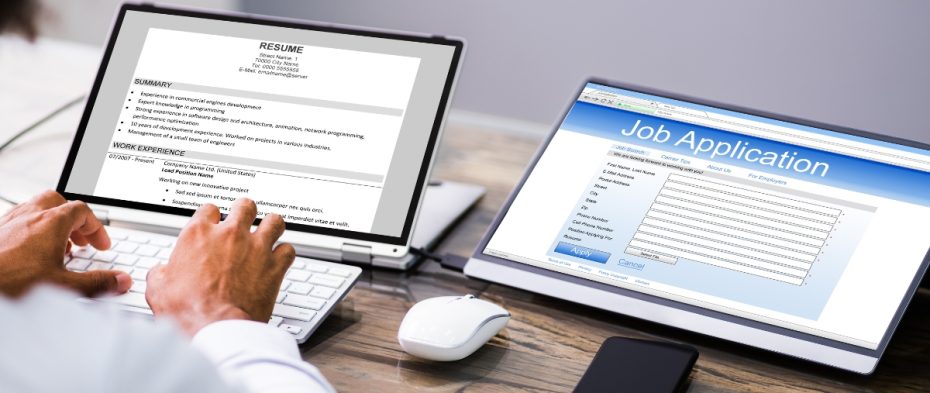The New Must‑Haves to Get in the Door: ATS + Human‑Reader Resume Guide for Instructional Designers

In today’s competitive job market, getting your resume noticed is harder than ever. Applicant Tracking Systems (ATS) screen applications before a human ever sees them, and hiring managers spend as little as 8 seconds scanning each resume. That means you have to win twice: first with the algorithm, then with the person. This blog gives you a simple, repeatable framework to pass both gates—and land more interviews.
Step 1: Mirror the Target Role
Your resume needs to reflect the language of the job posting. That means:
- Use a version of the job title that reflects your background but mirrors the posting’s intent. For example: if the role is “Learning Experience Designer,” you might use Instructional Designer (Learning Experience Focus).
- Pull out 8–12 keywords from the posting and weave them naturally into your bullets.
- Match important terminology in context. If the posting emphasizes accessibility or coaching design, ensure those words appear in your resume where relevant.
Example: If the role is “Instructional Designer, Accessibility Focus,” your resume header could read: Instructional Designer | Accessibility & Inclusive Design. Then highlight bullets that mention WCAG compliance, alt text, transcripts, and accessibility reviews.
Step 2: Build a Hero Section
Think of the top third of your resume as prime real estate. This is where you prove alignment instantly.
Hero Section Template: Target Title | 3–5 Keywords
- 1‑3 sentences value prop tied to the role.
- Proof points: 3 quick wins with metrics (impact, scale, speed).
- Tools/Methods: shortlist relevant to the JD.
- Link: portfolio or sample.
Example: Instructional Designer | Scenario Design • xAPI • Accessibility
Learning systems designer who turns SME complexity into measurable, accessible experiences.
Proof: Reduced time‑to‑competency 22% for a 600‑rep sales team; launched 3 microlearning paths in 8 weeks; built AA accessibility checklist adopted by 4 teams.
Tools/Methods: Storyline, Rise, H5P, Camtasia, xAPI basics, AI‑assisted workflows.
Link: yourname.design/portfolio
Step 3: Write Evidence‑Rich Bullets
Every bullet should show Action + Context + Outcome + Evidence.
Formula: Action + Context + Outcome + Evidence
“Built a branching scenario (Action) for frontline support reps (Context) that cut average handle time 14% (Outcome) across 1.2k tickets/month (Evidence).”
Why it works: it shows what you did, who you did it for, and what changed as a result.
Step 4: Show Your Portfolio
In L&D, portfolios matter as much as resumes. Even if you don’t have dozens of polished projects, link to two strong artifacts that showcase your skills. Screenshots, prototypes, or process write‑ups are better than nothing.
Tip: Use your Hero Section to link directly to your best piece.
Step 5: Format for ATS & Humans
- Use a single‑column layout with no tables or images.
- Stick to standard section headings (Experience, Education, Skills).
- Use simple bullet points and 10–12 pt fonts.
- Submit PDF only if the application allows; otherwise use .docx.
- Keep filenames clean: Lastname_Firstname_Role.pdf.
10‑Point Final Checklist
- Title mirrors the job posting.
- 3–5 keywords in the Hero section.
- Most bullets end with a measurable result.
- Numbers are specific (%s, #s, timelines).
- Portfolio link works.
- Tools/tech match the JD.
- One page (early/mid‑career) or two (senior+).
- File name is clean.
- Tailored for this role—not generic.
Final Takeaway
A resume’s job is not to tell your whole story—it’s to make alignment obvious, fast. Pass the ATS by mirroring the posting. Win the human reader with a Hero Section, proof‑based bullets, and a portfolio link. Cut the fluff, show outcomes, and tailor every time. In a market this competitive, clarity is your advantage.




